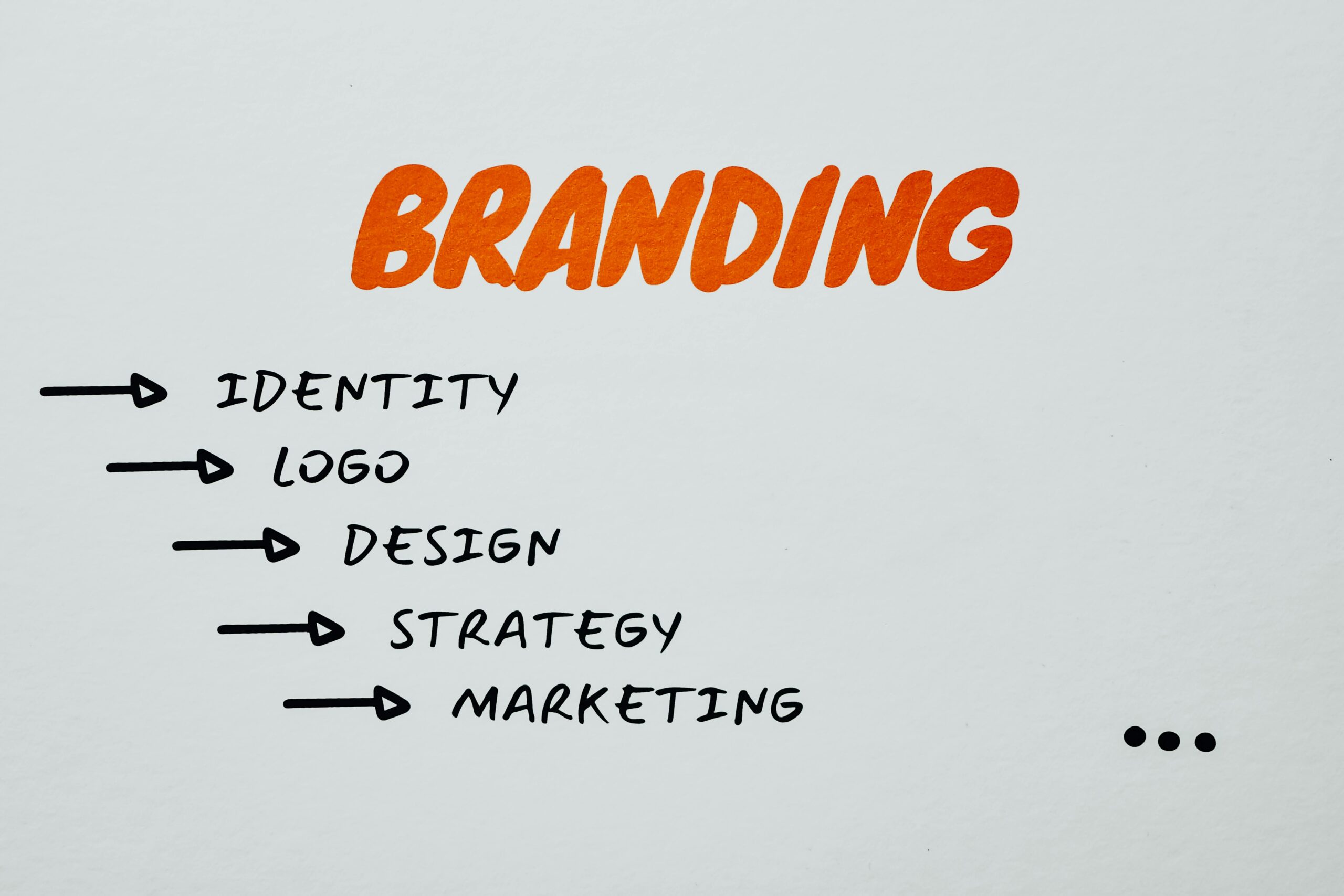Every successful business isn’t just a logo or a slogan—it’s a living, breathing personality that people like. Think of your favorite coffee shop: you don’t just go there for the caffeine. You go because the barista knows your name, the playlist vibes with your mood, and the cozy corners feel like your second living room. That’s brand identity. It’s the magic that turns strangers into loyal fans.
Let’s ditch the jargon and talk about how to build a brand that feels human, relatable, and unforgettable.
What Is Brand Identity? (And Why Should You Care?)
Imagine your brand as a person at a party. Are they the loud, quirky one telling stories? The thoughtful listener offering advice? Or the reliable friend who always brings the best snacks? Your brand identity is how your business “shows up” in the world.
Why does this matter?
- Recognition: Ever spotted a Coca-Cola ad from across a crowded street? That’s no accident.
- Trust: Consistency = reliability. Would you trust a friend who changed personalities daily?
- Loyalty: People stick with brands that get them. Think Apple fans camping outside stores for new releases.
Step 1: Define Your Brand’s Heartbeat (Values & Mission)
Why It’s Important
Your values are your compass. TOMS Shoes didn’t just sell footwear—they promised “One for One” giving, turning customers into changemakers.
How to Do It (Without the Corporate Fluff)
- Find your “why”: Ask, “If my business vanished tomorrow, what would the world miss?”
Example: A local bakery’s why: “To turn bad days into better ones with warm cookies and genuine smiles.” - Pick 3-4 core values: Ditch generic terms like “integrity.” Instead, try “Radical Transparency” (like Buffer’s open salary policy) or “Unapologetic Joy” (think Ben & Jerry’s).
- Write a mission statement that doesn’t suck:
❌ “To deliver quality solutions.”
✅ “To help introverts network without panic attacks.”
Pro Tip: Workshop this with your team over pizza. The best ideas come with pepperoni grease.
Step 2: Know Your Audience Like BFFs
Why It’s Important
You can’t be everyone’s cup of tea. Trying to appeal to everyone = appealing to no one.
How to Do It
- Stalk (Ethically) Your Customers:
- Use Instagram polls to ask, “What’s your biggest struggle with [your industry]?”
- Read Amazon reviews for competitors’ products. What’s missing?
- Create a “Dream Customer” Avatar: Give them a name, hobbies, and pet peeves.
Example: “Techie Tara, 28, works remotely, hates clunky apps, and spends weekends hiking with her rescue dog.” - Talk to Real Humans: DM a loyal customer and ask, “Why did you choose us?” Their answer might surprise you.
Step 3: Design a Visual Identity That Doesn’t Look Like a PowerPoint Slide
Why It’s Important
Visuals are your first handshake. Make it warm, not limp.
How to Do It
- Logo: Keep it simple. Airbnb’s “Bélo” symbolizes belonging—no fancy graphics needed.
- Colors:
- Red = urgency (Hello, Target’s “Buy me now” vibe).
- Green = calm (Starbucks’ “Breathe, it’s coffee time”).
- Fonts: Pair a bold header (like Montserrat) with a readable body font (Open Sans).
- Images: Ditch stock photos. Use candid shots or user-generated content.
Free Tools: Canva for templates, Coolors.co for color palettes.
Step 4: Develop a Voice That Sounds Like You, Not a Robot
Why It’s Important
Your voice is how you “talk” in emails, ads, and even error messages.
How to Do It
- Voice Chart:
- If your brand were a celebrity: Are you Dwayne Johnson (bold, encouraging) or Michelle Obama (graceful, empowering)?
- Fill in the blank: “We never ______.” (Example: “We never use jargon without explaining it.”)
- Write a “This vs. That” Guide:
✅ “Say ‘Oops, our bad!’ when apologizing.”
❌ “Avoid ‘We regret the inconvenience.’”
Real Example: Mailchimp’s quirky error messages: “Something’s gone pear-shaped. We’re on it!”
Step 5: Tell a Story That Sticks (No Campfire Required)
Why It’s Important
Stories are 22x more memorable than facts.
How to Do It
- Origin Story Template:
- Problem: “I was frustrated by…”
- “Aha!” Moment: “One day, I realized…”
- Mission: “Now, we’re here to…”
- Customer Stories: Feature user testimonials as mini-documentaries. Example: Glossier’s “Your Skin, Their Stories” campaign.
Step 6: Be Consistently You (No Mood Swings Allowed)
Why It’s Important
Inconsistency confuses people. Imagine if Taylor Swift suddenly dropped a death metal album.
How to Do It
- Brand Bible: Create a one-pager with fonts, colors, voice rules, and non-negotiables.
- Audit Monthly: Check your website, socials, and emails. Does your LinkedIn sound like your Insta?
Step 7: Make Them Feel Something (Besides “Meh”)
Why It’s Important
People buy feelings. Nike sells empowerment, not just shoes.
How to Do It
- Spark Joy: Add Easter eggs (e.g., Duolingo’s sassy owl).
- Take a Stand: Support a cause your audience cares about. Example: Patagonia’s “Don’t Buy This Jacket” eco-campaign.
- Surprise & Delight: Send handwritten thank-you notes or free samples for look up your Brand Identity.
Step 8: Grow Without Losing Your Soul
Why It’s Important
Even Oprah evolved—but she’s always been “Oprah.”
How to Do It
- Feedback Loop: Use tools like Typeform to ask, “What’s one thing we could do better?”
- Test Tiny Changes: Try a new Instagram filter or email subject line style. Keep what works.
Real-World Wins
- Dollar Shave Club: A viral video (“Our blades are f***ing great”) + subscription model = $1B acquisition.
- Lush: Handmade vibes, activist values, and products named like indie bands (“Sex Bomb”) = cult following.
Your Homework (Yes, There’s Homework)
- Rewrite your mission statement in 10 words or less.
- Audit one social channel: Does it sound/look like you?
- DM a customer today and ask, “What’s one word you’d use to describe us?”
